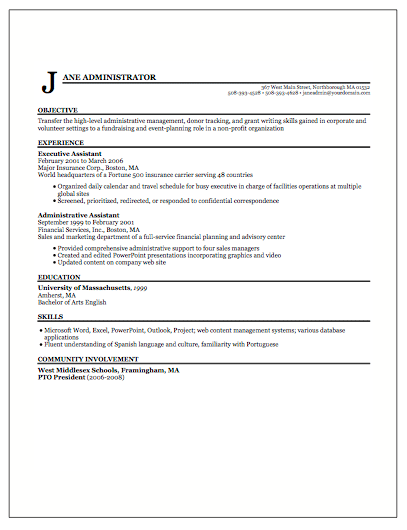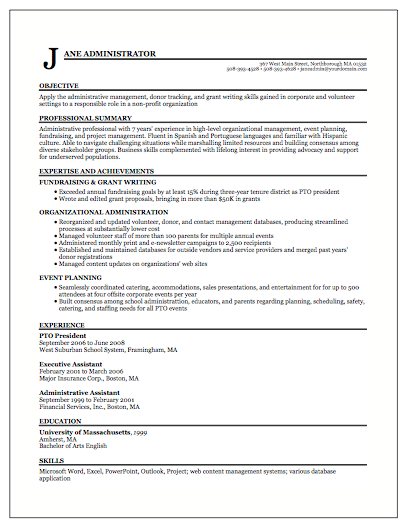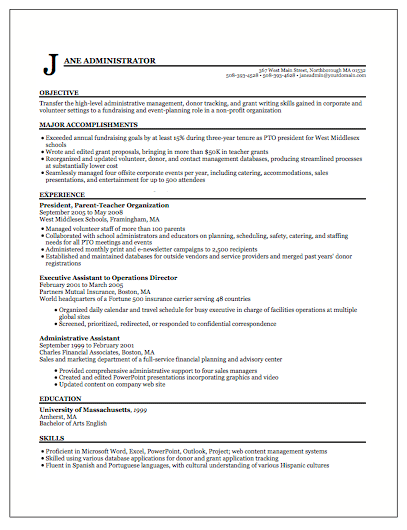3 Resume Formats: Which One Works for You?
When you're writing your resume, you need to present the information in a way that best showcases your qualifications and helps the employer notice what you have to offer. Each of the three most common resume formats—Chronological, Functional, and Combination/Hybrid—highlights your background in a different way.
What is a resume format?
A resume's "format" is based on the headings you use (such as Professional Summary, Experience, and Education); the order in which they appear; and the dates of employment for each position. Each format serves a particular purpose.
CHRONOLOGICAL
This widely used resume format emphasizes your career progression by focusing on the dates and job titles you've held, followed by your education. Contrary to its name, a chronological resume actually lists your work history in reverse chronological order, starting with your current or most recent position and going back through each position you've held for the past 10 or 15 years (or beyond that, if applicable).
This format will work for you if:
- You've been in the same industry or field for a number of years and plan to stay there.
- Your current or most recent position is related to your desired position, and emphasizes important skills you can offer prospective employers.
- You have no major gaps in your work history.

FUNCTIONAL
Unlike the chronological format, a functional resume highlights what you can do, rather than when you did it and for whom. In other words, it defines your value by focusing on skills, not job history. A functional resume calls attention to your specific areas of expertise and lists them under such headings as "Accounting Skills," "Marketing Skills," or "IT Skills." Work History and Education are listed after the skills review, but usually with less detail.
This format will work for you if:
- You've changed careers frequently or have significant employment gaps in your work history.
- You're looking to re-enter the workforce after a prolonged absence.
- You're just entering the workforce out of high school or college.
However, there is one drawback to using a strictly functional resume: Employers can't get a feel for your career progression (and may assume you're trying to hide something).

COMBINATION/HYBRID
You guessed it: This format combines elements from both the chronological and functional formats. It balances the focus on your skills and accomplishments with your work history, including employment dates and job titles.
This format will work for you if:
- You're looking for a significant career change or promotion in your current field.
- You want to emphasize a broad array of skills and accomplishments, while sticking with the traditional chronological listing of past jobs that employers are accustomed to seeing on resumes.

So, what format is best for you?
The most flexible resume format is a hybrid style that combines a chronological-type format with a summary of qualifications at the top and a results-oriented tone. Employers who prefer chronological resumes would be quite pleased with that format.
But there's no absolute right or wrong way to write your resume. Just remember that your main goal is to make sure an employer can look at your resume and quickly understand the value you can bring to the business. Consider your current job search goals and employment history, and choose a format that best gets your message across in a clear, consistent, and readable way.
RELATED LINKS
Is Your Functional Resume Keeping You Unemployed?
'So, about This Gap in Your Resume ..."